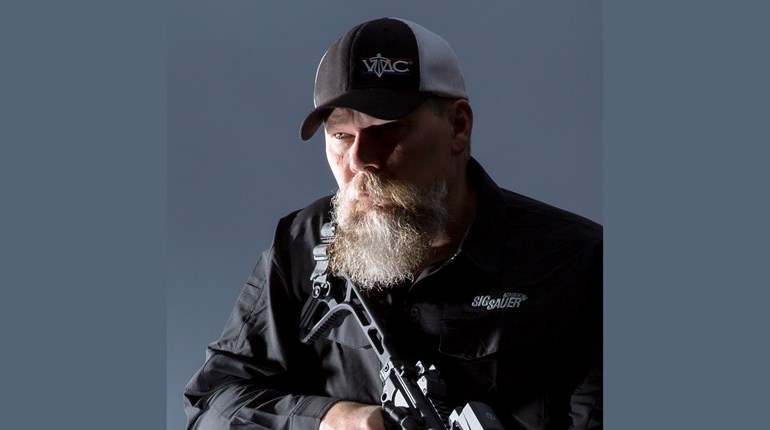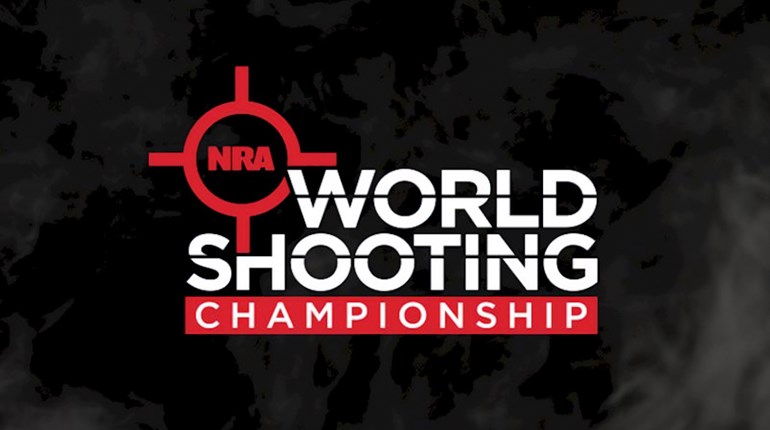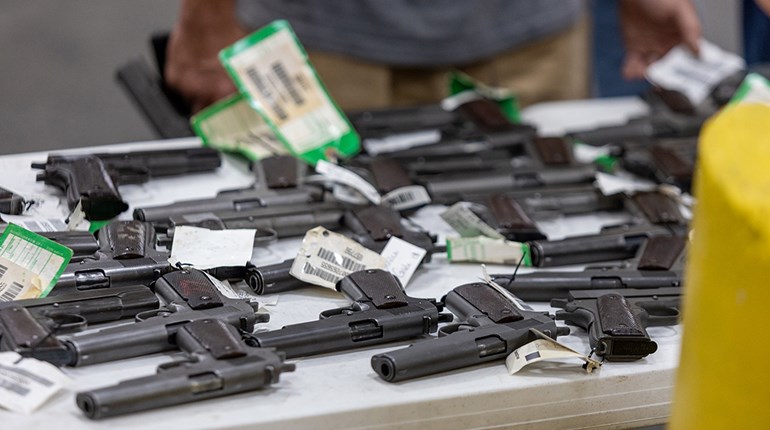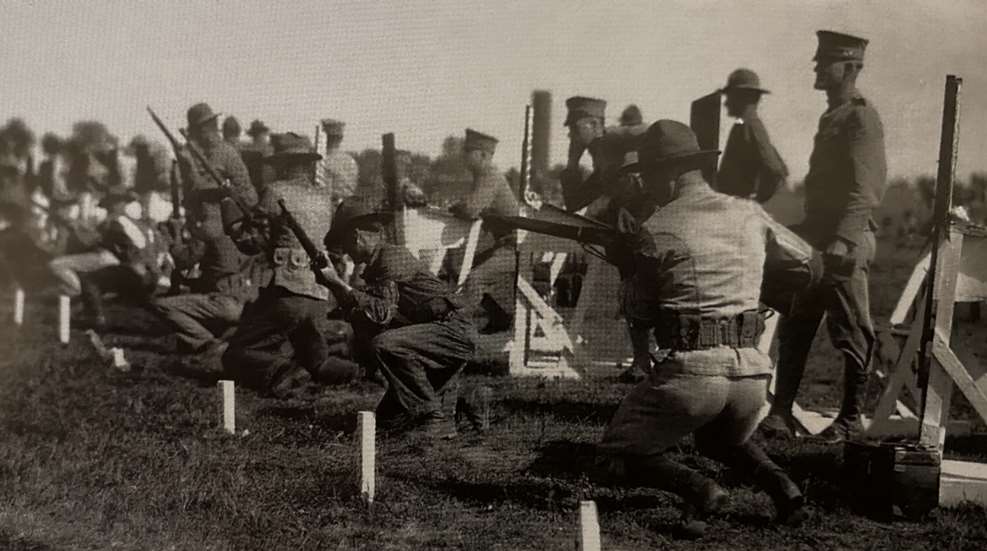
“Those who witnessed the progress of the N.R.A. and the National Matches at Camp Perry were impressed with the fact that the shooting game is suffering from growing pains.”
—The American Rifleman, 1923
“This year someone used a sharp knife on the budget of the National Matches which makes it necessary for all civilian riflemen to pay their own transportation to and from Camp Perry. It may be a blessing in disguise. We will find out how many riflemen are interested enough in the championship to pay some of their own expenses.”
—Peter Carney in The American Rifleman, September 1923
For the second consecutive year, National Guard and civilian teams wishing to shoot at the National Matches were not able to travel to Camp Perry at government expense. In an effort to ease the financial burden, the NRA prevailed upon the country’s railroads to again offer a special “fare and half fare” competitor rate. The program, which was initiated the year before, involved an agreement whereby the railroads granted the reduced price on the return trip if special certificates were requested in advance by at least 250 competitors.
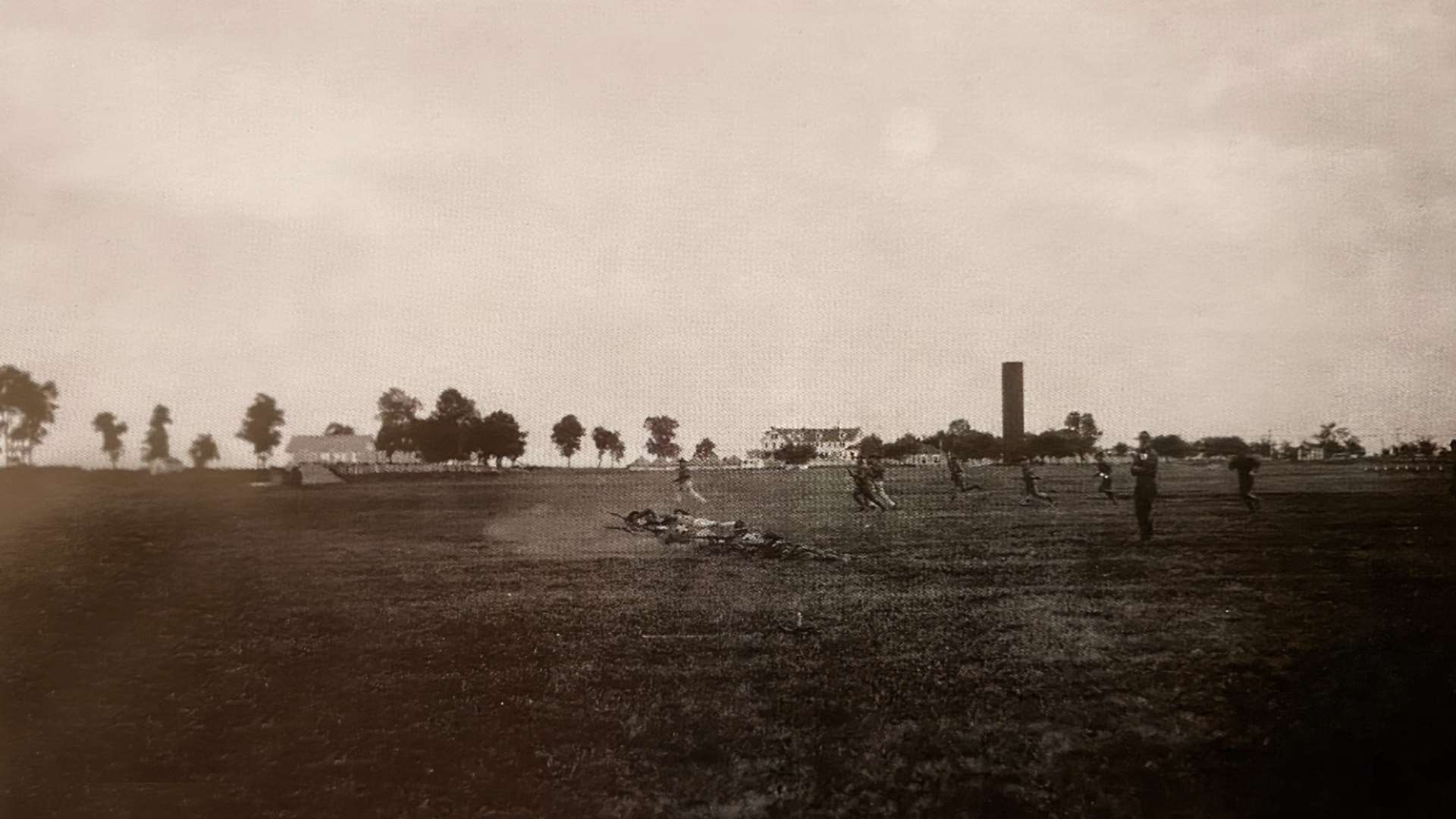
The 1923 matches proved to be beneficial to the railroad industry as well. Executive Officer Lt. Col. Morton Mumma instituted a special program within the Small Arms Firing School to train the country’s railroad mail clerks in response to a series of mail train robberies. While armed, the majority of the country’s mail clerks had no experience with their guns. Specifically, the course was an adjunct to the school’s NRA police training program, which was also instituted this year but was not well attended, although the police match featured eight entries, its largest field to date.
The 1923 National Match program, which for the fifth time was conducted under the direction of Mumma, also featured an International Match schedule and tryouts for the 1924 Olympic team. The international competition included pistol and free rifle events; the revival after 10 years of the Palma Match, which the United States fired unopposed; and another U.S. Dewar victory with a high team score of 394x400 by junior shooter Russell Wiles, Jr., who had qualified for the team in 16th place out of the 20 available spots.
All told, more than 1,100 competitors—including more than 100 civilians—took part in the 1923 National Matches, an event that actually proved to be more diverse than those before it, as a rule this year prohibited organizations from fielding secondary teams, making the 65 squads on hand truly representative of a cross-section of shooters.
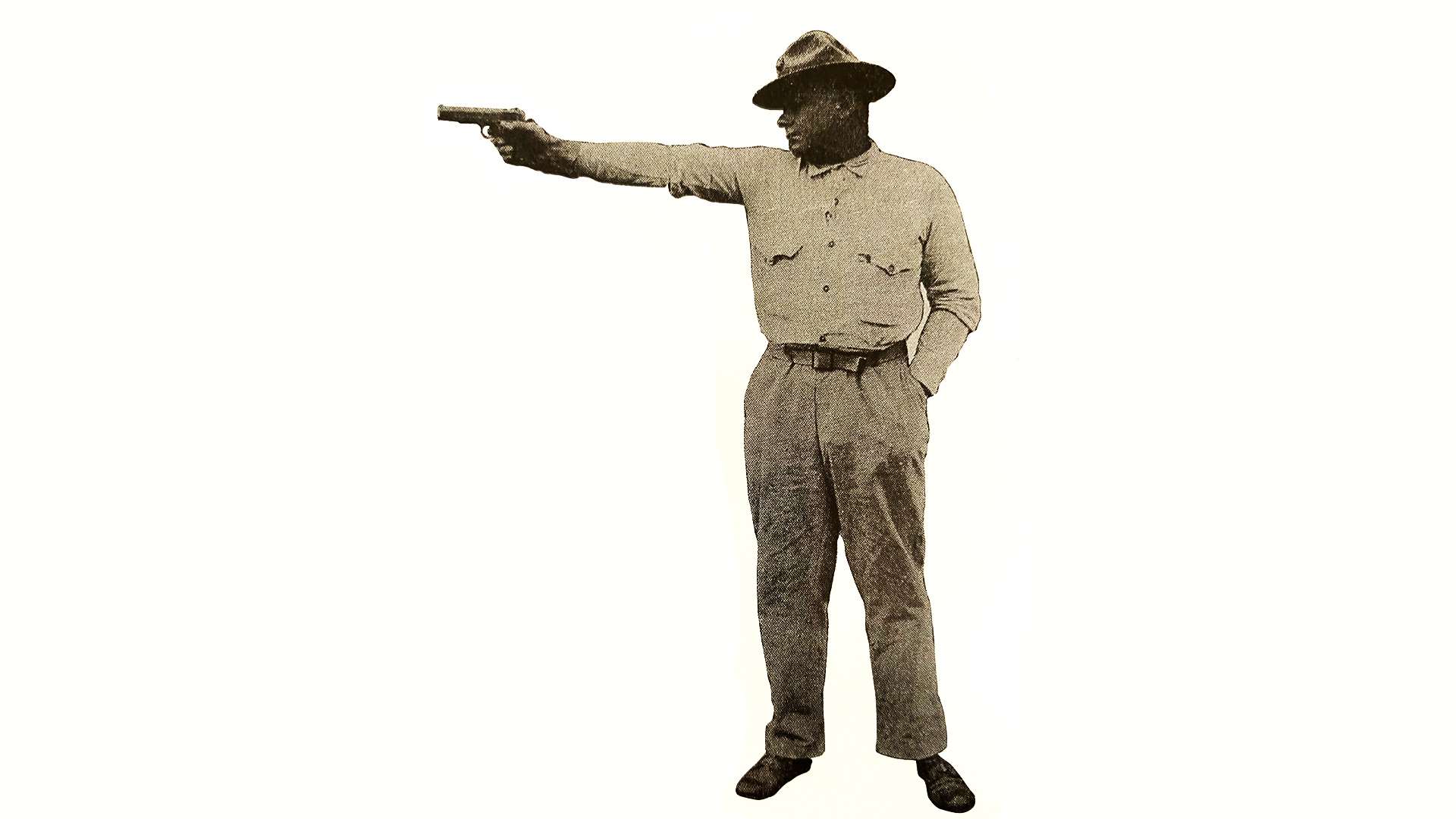
The performance by Wiles was befitting of the NRA’s desire to draw more junior, school and ROTC participants into the National Match fold. In fact, this year a one-week junior smallbore program conducted by the Winchester Junior Rifle Corps was held at the beginning of the National Matches and attracted 40 boys and girls. The camp featured novelty matches including the “Big Game Shoot” with animal crackers as targets.
The Marine Corps and Infantry split the four Board events, as National Team rifle laurels went to the Leathernecks and one of their own, Sgt. B.B. Betke, took the individual pistol title. The team pistol award was determined on the last shot of the match and went to the Doughboys, as did the individual rifle title, won by Lt. L.V. Jones in a field of 1,104 entries.
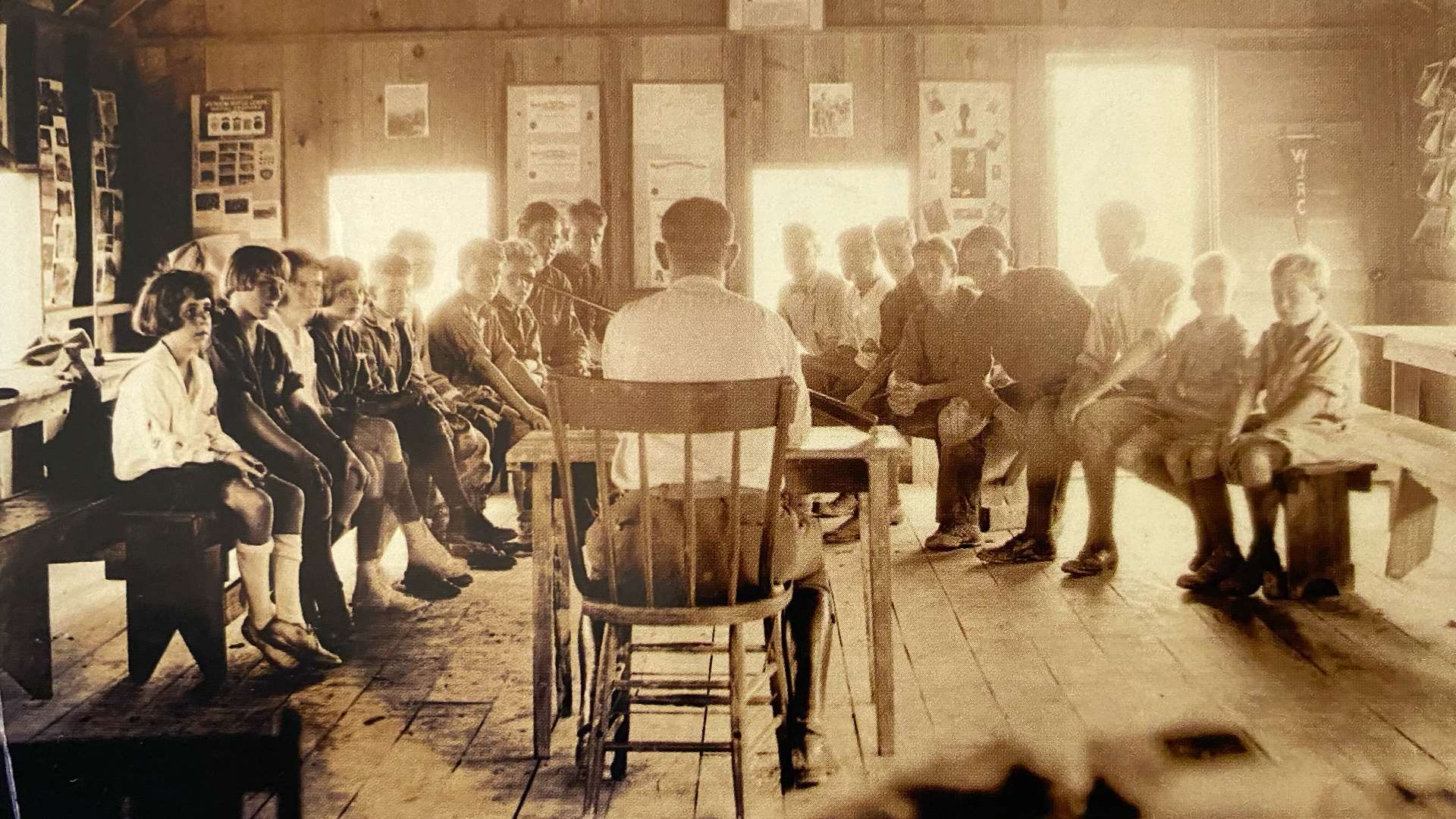
Firing at 1,000 yards returned to the individual contest this year, and both rifle events featured new rapid-fire target “A” in response to the high number of perfect scores. And this was the third straight year that only the three traditional trophies were awarded in the National Rifle Team Match. The absence of the fourth and newest unnamed trophy introduced several years earlier coincided with the modified firing schedule that involved the college class competing off-site in the Interscholastic and Intercollegiate Rifle Match this year and in 1922, and in the separate National Intercollegiate Rifle Team Match of 1921 at Camp Perry.
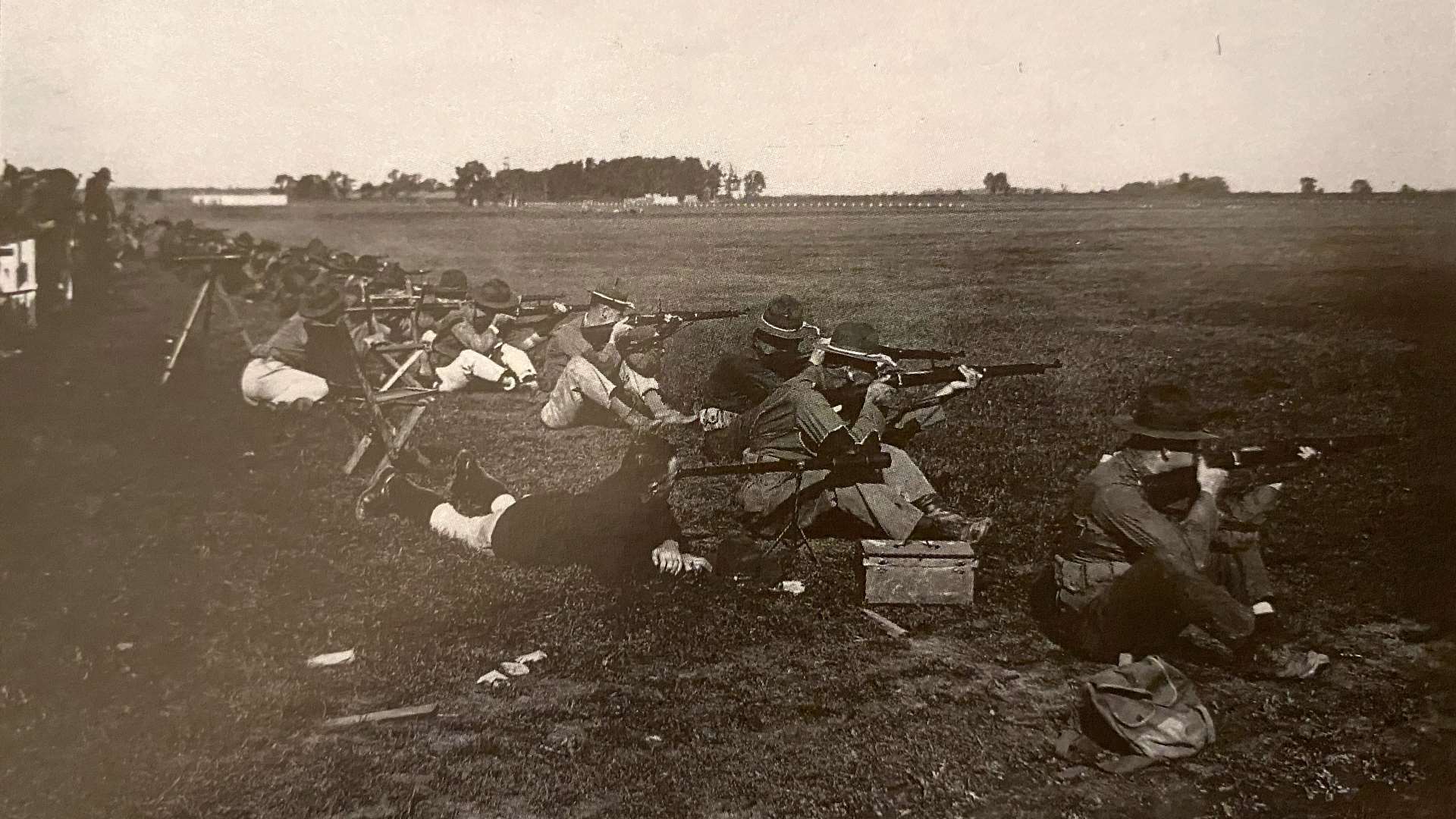
On the NRA side, Marine Sgt. E.J. Blade won the Wimbledon Cup and Lt. P.E. Conradt earned President’s Match honors, while Oregon National Guardsman Sgt. William Hayes topped the Leech Cup field. Gunnery Sgt. J.M. Thomas won the All-Round Championship comprising pistol, shotgun, big bore and smallbore that was again fired in 1923, but what appeared to attract the most interest was the smallbore developments. Specifically, the smallbore range was moved from the outskirts of camp to the center of the action, between the 200- and 300-yard firing lines. And gone was the system whereby runners changed targets that hung on frames supported by wooden backstops. In place this year was a narrow gauge track pulley system which was touted for its safety and efficiency. Twelve targets each were operable at 50 and 100 yards while the 200-yard events were shot from the main firing line. Clearly, the physical changes at Camp Perry to accommodate smallbore shooting reflected its valued status as a National Match component.
Fifteen matches comprised the smallbore program and competitors were free to choose the combination of matches in which to fire. Based on the increase in participation, re-entry matches were limited to 10 targets per shooter, a serendipitous change that provided unexpected relief, since 11 of the matches allowed any sights and the statistical office was challenged like never before. Simply put, the improved skill of the shooters made for such small target groupings that it was often impossible to determine the number of shots fired. The decision was then made to fire five record shots per target instead of the traditional 10. While this sped up the scoring process, it slowed down the shooting because target frames did not hold the required number of targets. All agreed, however, that the hallmark of the sport was the emphasis placed on accuracy, not speed.
Ralph McGarity of Washington, D.C., garnered the 1923 National Individual Smallbore Championship by besting the field in a new course of fire for the event. The contest had been a metallic-sight Dewar course but was replaced this year by 10 shots at 50, 100 and 200 yards with any sights. Two days were set aside for Dewar team tryouts and interested competitors contacted the team captain directly to register. The top 25 shooters were taken from this open competition and they trained further until the final 20 were selected. The process proved successful as the United States ran its string of consecutive Dewar victories to five since the match’s post-war revival.
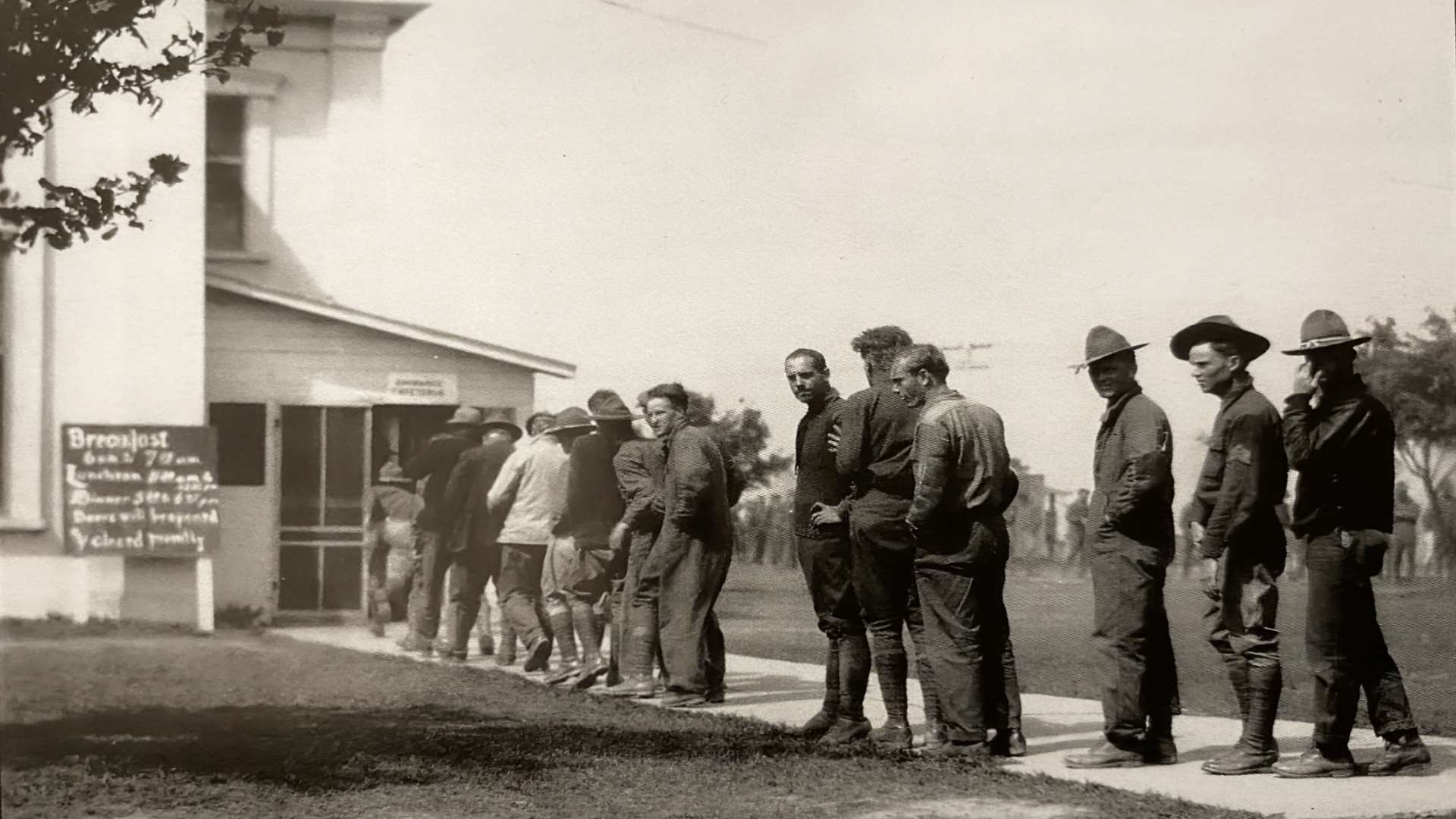
Besides the physical improvements made on the smallbore facility, other attempts at improving efficiency on the ranges included the introduction this year of “wired wireless” communication to replace the system of telephones. The American Rifleman reported on the promising technological development comprising a series of loudspeakers and transmitters: “A rifle range operated by radio. That was the surprise which awaited the entrants in the National Team Match when they went to the rapid fire range ... the importance of wired wireless to range operation, in addition to the reduction of range personnel lies also in the fact that telephones have proven unsatisfactory and that to equip any sizable range with a buzzer system, where subterranean conduit construction of a waterproof nature is needed, calls for the expenditure of large sums.”
1923 National Matches Fact
A “Camp Perry Special” match was held in the spring during a meeting of smallbore shooters at the Winchester Sportsmen’s headquarters in New York. For a $2 entry fee, participants fired 20 shots each at 50 and 100 yards on the international smallbore target and vied for the top prize of a 10-day trip to the National Matches.













